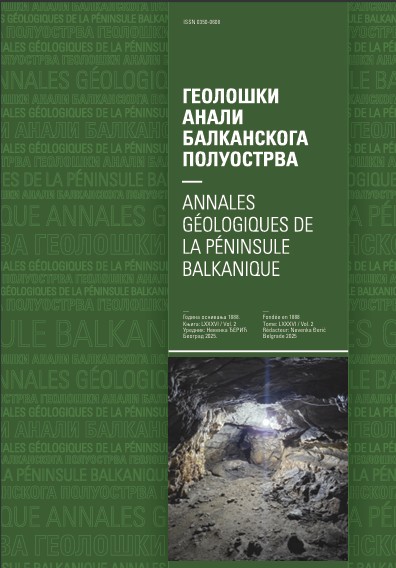Distribution of magnesium in groundwater of Serbia
Abstract
Magnesium is chemical element commonly found in the environment and the main constituent of many types of minerals and rocks. This element is also essential to man. Owing to its abundance in nature, magnesium is present in all water resources and generally occur as the dominant cation, with calcium, in those that feature low TDS levels, whose origin is associated with large formations of sedimentary rocks (limestones, dolomites), and to a lesser extent with the degradation of silicate minerals that contain Mg. Magnesium concentrations in groundwater of Serbia vary over a wide range and their distribution is not uniform, but certain laws of nature do apply. The variation in the concentrations of this ion depends on the considered hydrogeological province, while within a single province it is a consequence of Serbia’s highly complex geology. The best examples are the Carpatho-Balkanides, with predominant karstified rock formations, and the Vardar Zone where ophiolites prevail but the makeup is much more complex than that of the Carpatho-Balkanides.
Copyright (c) 2022 Geološki anali Balkanskoga poluostrva

This work is licensed under a Creative Commons Attribution 4.0 International License.










